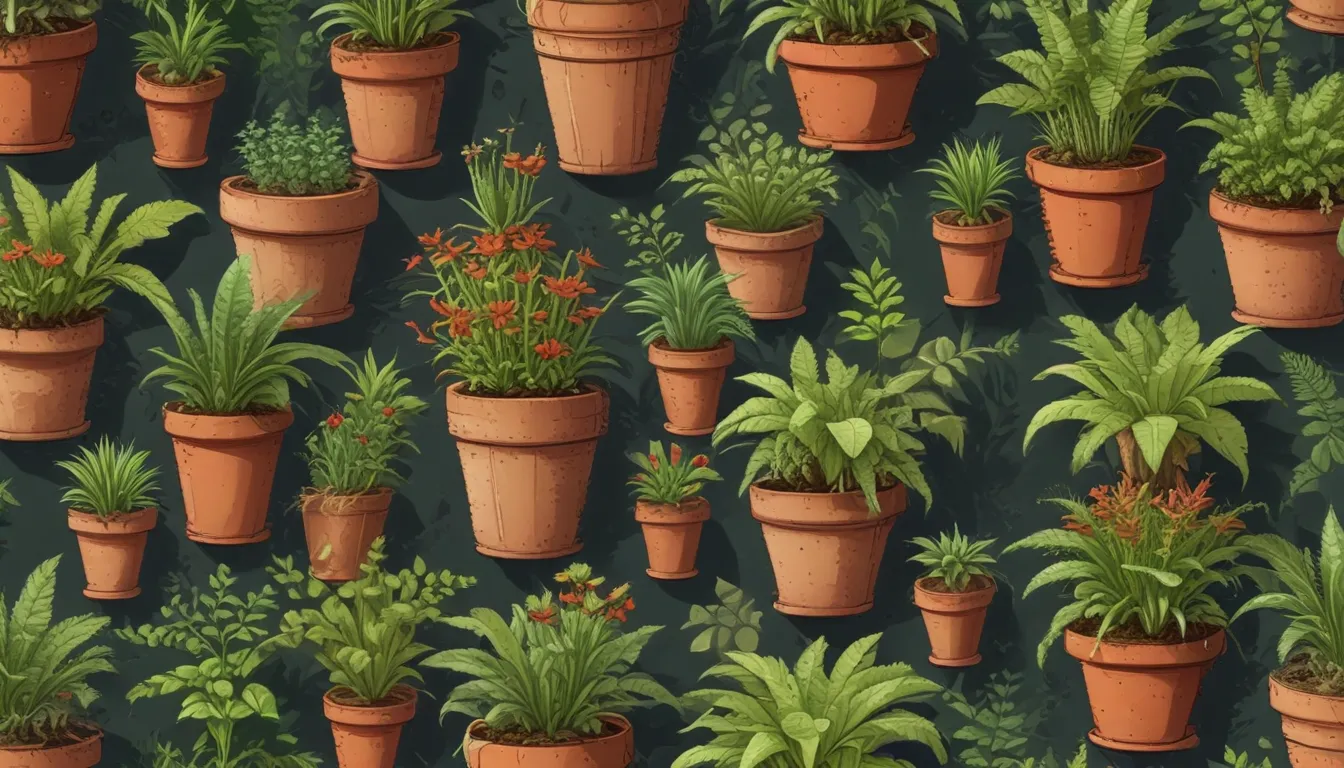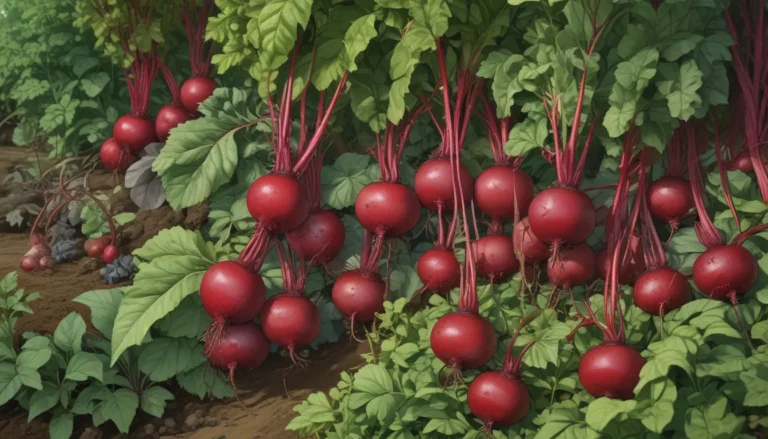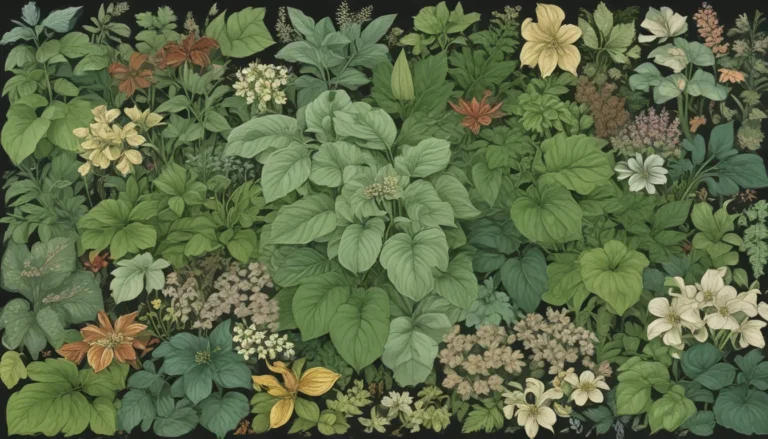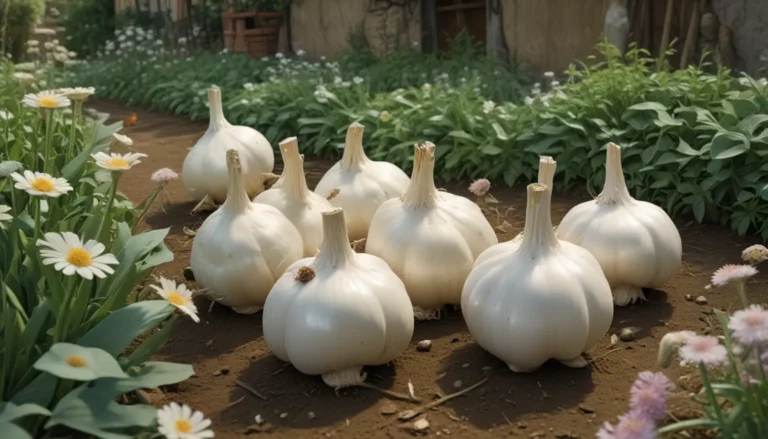Ultimate Guide to Growing and Caring for Venus Flytrap Houseplants

Dionaea muscipula
Are you ready to embark on the journey of growing your own Venus flytrap? This quirky and fascinating plant is not your typical houseplant. From its unique carnivorous nature to its captivating movements, this plant requires special care and attention to thrive.
In this in-depth guide, we will delve into the world of Venus flytraps, discussing everything from their cultivation and history to propagation, growth, and maintenance. By the time you finish reading, you’ll be equipped with the knowledge to care for your Venus flytrap like a pro. Let’s get started!
What Is a Venus Flytrap?
The Venus flytrap, also known as Dionaea muscipula, belongs to the Droseraceae or sundew family. This flowering perennial is native to a small region in the southeastern United States, specifically coastal bogs. With its distinct carnivorous nature, the Venus flytrap lures, traps, and digests insects for nutrients, showcasing incredible evolutionary adaptations.
These plants thrive in USDA Hardiness Zones 7 to 10, typically found in coastal pine bogs with specific growing conditions. They have evolved a unique mechanism to capture prey using specialized traps called laminae, with two lobes that snap shut when triggered by insect movement.
Key Facts:
- Native Habitat: Southeastern United States
- Hardiness Zones: 7-10
- Growth Conditions: Specific to acidic, nutrient-poor soil with high humidity and moisture
- Unique Feature: Carnivorous nature with specialized trapping mechanism
Cultivation and History
The history of Venus flytraps traces back to their discovery in the 18th century, capturing the fascination of botanists and naturalists alike. Initially found in the wild, these unique plants were later introduced to Europe, where they gained popularity as intriguing houseplants.
Over the years, Venus flytraps have faced challenges due to poaching, habitat destruction, and development encroaching on their natural environment. They are now considered vulnerable and face the threat of extinction in the wild.
To cultivate Venus flytraps successfully, it’s essential to provide the right growing conditions, including acidic soil, consistent moisture, and adequate sunlight.
Quick Tips for Cultivation:
- Specialized Soil: Use carnivorous plant potting mix or a homemade mix of peat moss and coarse sand.
- Moisture Management: Keep the soil consistently moist, but not waterlogged.
- Sunlight Requirements: Provide 6-12 hours of direct sunlight daily.
- Ethical Sourcing: Ensure plants are ethically sourced to protect wild populations.
Propagation of Venus Flytraps
Propagation of Venus flytraps can be achieved through seeds, cuttings, or rhizome divisions. Each method requires careful attention to detail to ensure successful germination and growth of new plants.
From Seed:
- Seed Characteristics: Tiny, jet-black seeds with teardrop shape
- Propagation Medium: Carnivorous plant potting mix or homemade mix with peat moss and sand
- Germination Process: Requires warmth, moisture, and patience for seeds to sprout
- Growing Seedlings: Provide adequate sunlight and transition to individual pots as they grow
From Cuttings:
- Preparing Cuttings: Select healthy leaves and stems for propagation
- Rooting Process: Place cuttings in moist sand for roots to develop
- Moisture Control: Ensure consistent humidity and ventilation to prevent rotting
- Transplanting Seedlings: Move rooted cuttings to individual pots once established
From Rhizome Divisions:
- Identifying Offshoots: Split mature plants to create new clusters of petioles
- Division Technique: Carefully separate rhizomes with roots to ensure viability
- Repotting Procedure: Use fresh potting mix and provide optimal growing conditions for new divisions
How to Grow Venus Flytraps
To cultivate Venus flytraps successfully, it’s crucial to maintain a balance of moisture, sunlight, and nutrient availability. These plants require high humidity and specific soil conditions to thrive.
Growing Tips:
- Moisture Management: Keep soil consistently moist, but avoid waterlogging.
- Sunlight Requirements: Provide 6-12 hours of direct sunlight daily.
- Soil Specifics: Use acidic, nutrient-poor soil to mimic natural habitat.
- Water Source: Use only distilled water to prevent nutrient buildup.
Maintenance:
- Dormancy Period: Allow plants to go dormant in colder temperatures for 2-3 months.
- Feeding Regimen: Offer live insects as a nutrient source every 4-6 weeks.
- Pruning Techniques: Remove dead or damaged parts of the plant as needed.
- Repotting Schedule: Transplant plants to larger containers as they grow to prevent overcrowding.
Quick Reference Growing Guide
- Plant Type: Carnivorous flowering perennial
- Native to: North and South Carolina
- Hardiness (USDA Zone): 7-10
- Bloom Time: Late spring to early summer
- Exposure: Full sun to partial shade
- Height: 4-12 inches
- Spread: 4-9 inches
- Water Needs: High
- Common Pests: Aphids, fungus gnats
- Common Diseases: Botrytis, root rot
Best Uses for Venus Flytraps
Venus flytraps are versatile plants that can be grown in a variety of settings, from terrariums to outdoor gardens. Their unique carnivorous nature makes them a valuable addition to insect control efforts while providing a captivating display of nature’s beauty.
Terrariums:
- Terrarium Selection: Choose a suitable terrarium size for optimal plant growth.
- Companion Planting: Pair Venus flytraps with other bog plants like pitcher plants and sundews.
- Decorative Touch: Enhance the terrarium with stones, bark, and moss for a natural aesthetic.
Outdoor Gardens:
- Colony Planting: Create mosquito control zones by planting clusters of Venus flytraps.
- Companion Planting: Pair with other carnivorous plants to enhance pest control efforts.
- Cultivation Tips: Mimic natural bog conditions for successful outdoor growth.
By incorporating Venus flytraps into your indoor or outdoor spaces, you can enjoy the beauty of these captivating plants while reaping the benefits of natural insect control.
Conclusion
In the world of houseplants, Venus flytraps stand out as unique and fascinating specimens with their carnivorous nature and intricate trapping mechanisms. By following the guidelines outlined in this comprehensive guide, you can confidently grow and care for your Venus flytrap, unlocking the secrets of this extraordinary plant.
Remember to provide the optimal growing conditions, from specialized soil to appropriate moisture levels and sunlight exposure. With proper maintenance and attention to detail, your Venus flytrap can thrive for years to come, delighting you with its natural beauty and carnivorous prowess. Happy growing!
Do you have a Venus flytrap at home? Share your experiences and tips in the comments below! Let’s continue to explore the wonders of nature together.
Disclaimer: The information provided in this guide is based on the author’s research and expertise. For specific questions or concerns about growing and caring for Venus flytraps, consult with a horticulture expert or specialist in carnivorous plants.





